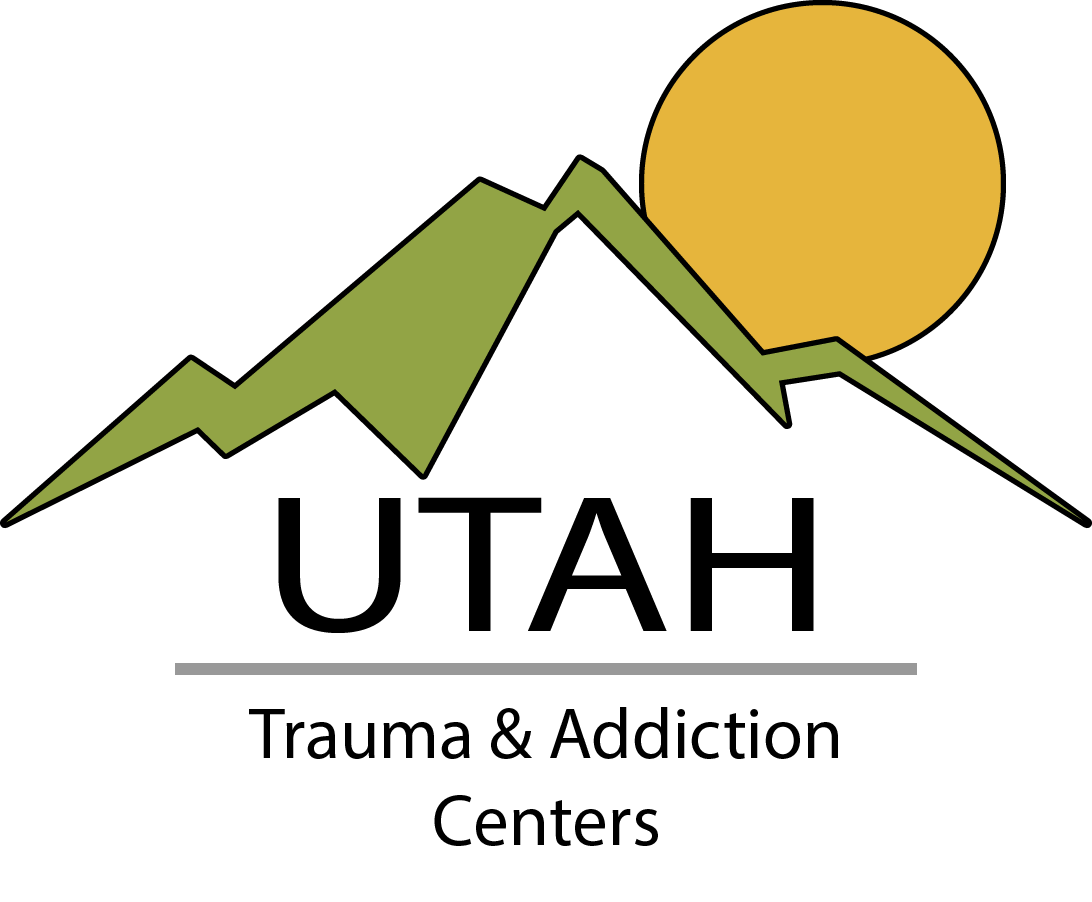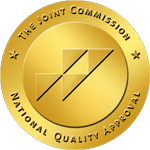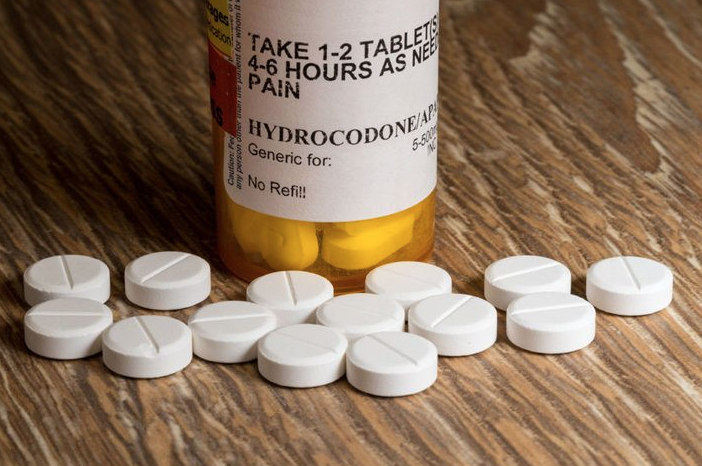Treatment for Opiate Prescription Addiction
One addiction is really no different from another, so in other words if you or a loved one has a life threatening opiate prescription pain pills addiction, you must seek after immediate professional treatment help. The first step you are going to want to go through is detoxification to avoid withdrawal symptoms. Most detoxification and residential facilities allow a person addicted to opiates to taper with synthetic opioids such as Methadone or Suboxone. Although these drugs have been known to help with curbing cravings, they are still agonists meaning they attach themselves to the opioid mu receptors acting in place of what the opiate is already doing for the addict. This can be very dangerous as the addict is still vulnerable and new to the ways of recovery and will never fully embrace recovery if relying on a chemical dependency of pain pills to cope with life on life’s terms. Make sure to keep this in mind as you are selecting the right Christian treatment center. You may go through a “social detoxification” which involves placement in a Christian residential inpatient drug treatment program relying heavily on the staff and group family for support and guidance.
The next step will be inpatient treatment to force a physical separation between you and the opiate pain pills prescription(s). You will give your brain the necessary rest it requires to function again. You may require Naltrexone pills or shots to curb possible cravings, and to help with depression symptoms. This will also allow time for you to become aware of your triggers and reasons behind using. You will also be able to further develop new alternative healthy coping skills. You will explore your underlying and mental health issues.
To finally recover from your opiate prescription pain pills addiction, you must then complete outpatient aftercare to ensure accountability and to keep you healthy and on the right track. Upon successfully completion of both detoxification, inpatient and outpatient programs, one can expect to continue to regularly attend 12-Step meetings. You might find yourself living in a monitored environment such as “Sober Living” too. our Christian Addiction Facility is able to provide these different levels of care and is an expert provider when it comes to opiate pain pills prescription addiction therapy. We address the Post Acute Withdrawal Symptoms (PAWS) an opiate addict can expect to experience within the first year of their recovery. We develop a personalized and individual relapse prevention and safety plan dealing with the thoughts, behaviors and feelings. Our clients successfully complete their inpatient residential stay in 60-90 days and our Christian outpatient treatment program within 90-180 days on average. If our Christian Recovery Center client desires to move into a sober living home, we are willing to help them through every step until this occurs. Our Christian Recovery Treatment Center’s promise is backed with a lifetime guarantee.



